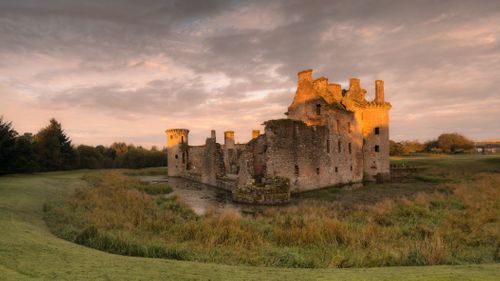- Nature & Wildlife
- National Parks & Reserves
- Iceland
- Mexico
- Philippines
- England
- USA
- Bolivia
- Brazil
- Scotland
- South Africa
- China
- Inspiration
- Peru
- Ireland
- Norway
- Wales
Planning your own trip? Prepare for your trip
Use Rough Guides' trusted partners for great rates





























